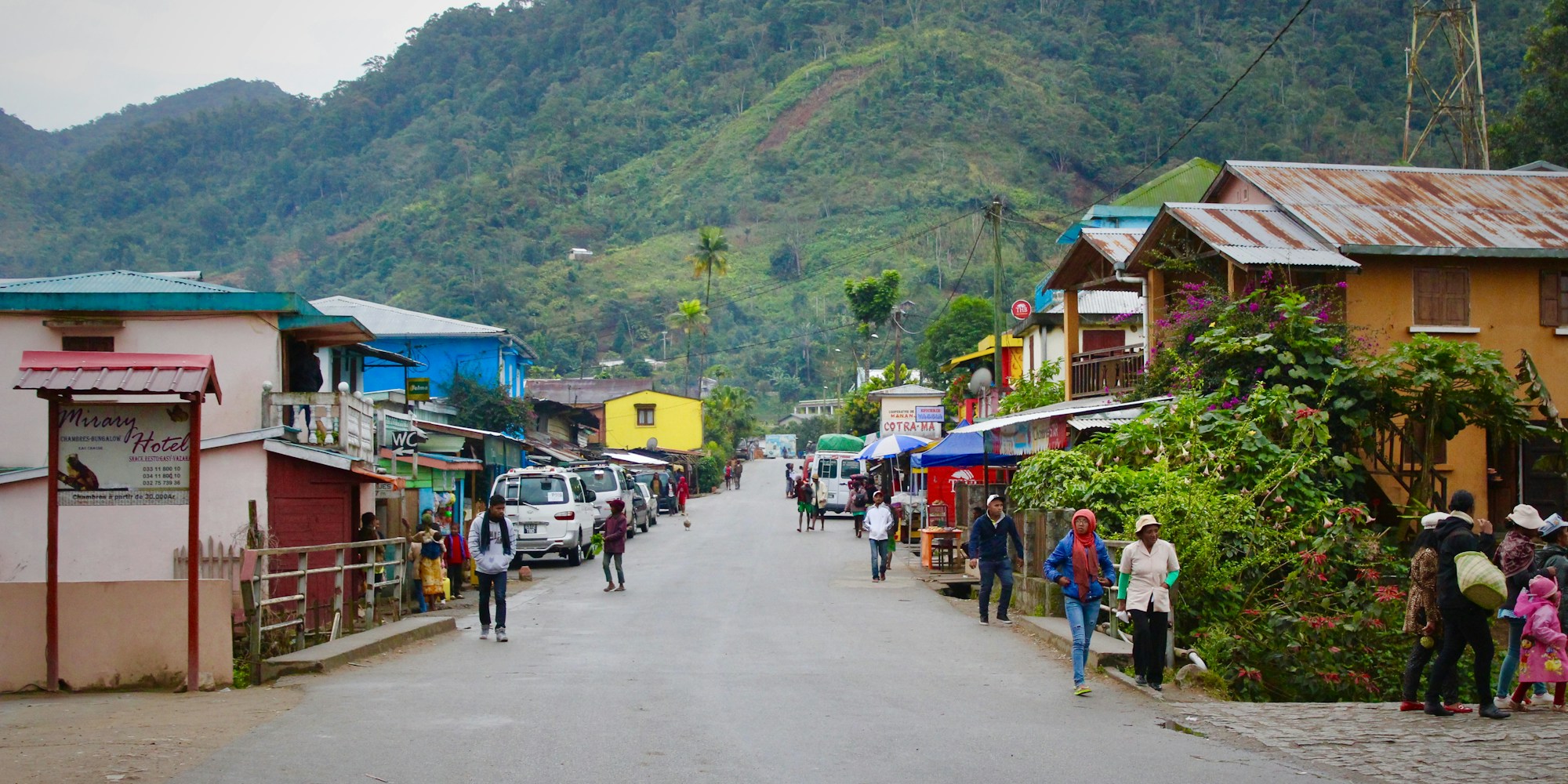Exploring Madagascar: Culture & Traditions Guide

Exploring Madagascar: Culture & Traditions Guide
Welcome to Madagascar, an exotic island nation located off the southeastern coast of Africa. Known for its stunning biodiversity and unique ecosystems, this enchanting country offers a rich cultural heritage and vibrant traditions that are sure to captivate any visitor. Prepare yourself for an unforgettable journey as we delve into the fascinating culture of Madagascar.
Language and Ethnicity
Madagascar is home to various ethnic groups, each with its own distinct traditions and languages. The Malagasy people form the majority, with their language, also called Malagasy, being widely spoken across the country. French is recognized as the official second language and is widely used in government, education, and business. English is gaining popularity as a third language, particularly in tourist areas.
Traditional Beliefs and Religion
Many Malagasy people adhere to traditional beliefs known as "Fomba," which revolve around a strong connection with nature and ancestral spirits. These beliefs influence numerous aspects of daily life, including ceremonies, rituals, and taboos. Alongside these traditional beliefs, a significant portion of the population practices Christianity, with Catholicism and Protestantism being the most prominent denominations.
Arts and Crafts
The artistic heritage of Madagascar reflects the country's cultural diversity and natural beauty. Talented artisans create intricate woodcarvings, stone sculptures, and handicrafts using techniques passed down through generations. The vibrant textiles, known as lamba, are a signature feature of Malagasy culture and can be found in various forms, including clothing, accessories, and decorative items.
Madagascar is also famous for its musical traditions. The traditional music of the island, such as the hypnotic rhythms of the valiha (a bamboo tube zither), is a testament to the unique instruments and vocal styles developed by the Malagasy people. Attending a traditional dance performance, accompanied by rhythmic music, is a fantastic way to immerse yourself in the cultural vibrancy of the country.
Family and Community
In Madagascar, family and community are held in high regard. The concept of "Fihavanana" emphasizes the importance of solidarity, support, and maintaining harmonious relationships within the community. Extended families often live together, promoting a sense of togetherness and fostering a strong communal spirit.
Traditional Celebrations and Festivals
The Malagasy people celebrate a myriad of vibrant festivals throughout the year, which provide a window into the country's cultural heritage. The most famous festival is the "Famadihana," or the turning of the bones. This unique celebration involves exhuming the corpses of ancestors, wrapping them in fresh cloth, and dancing with the remains in a joyous ceremony.
Another notable festival is the "Madagascar Independence Day," celebrated on June 26th, marking the country's liberation from French colonial rule in 1960. The festive atmosphere is characterized by parades, traditional music performances, and cultural displays.
Cuisine
Madagascar offers a delectable array of traditional dishes that showcase the island's abundant produce. Rice, known as the staple food, is accompanied by a variety of flavorful side dishes. Some popular dishes include "Romazava" (a spinach and meat stew), "Ravitoto" (pork cooked with cassava leaves), and "Mofo Akondro" (banana fritters).
Seafood enthusiasts will also be delighted by the abundant fresh catch available along the coast. Crayfish, King prawns, and octopus are just a few of the culinary delights awaiting exploration.
Exploring the Cultural Sites
To further immerse yourself in the rich culture of Madagascar, be sure to visit some of its iconic cultural sites. The Rova of Antananarivo, a historic palace complex, offers a glimpse into the royal past, while the Ambohimanga, a UNESCO World Heritage Site, provides insight into the pre-colonial kingdom of Madagascar.
The Avenue of the Baobabs, located in western Madagascar, is a must-see attraction for nature and culture lovers alike. This majestic avenue is lined with towering baobab trees, creating a surreal and magical setting.
Before you leave Madagascar, don't forget to explore the bustling markets, such as the Zoma Market in Antananarivo. Here, you can browse through a wide array of vibrant handicrafts, taste local delicacies, and witness the vibrant energy of daily life.
Embarking on your Adventure
Now that you have a glimpse into the culture and traditions of Madagascar, it's time to embark on your adventure. Take your time, immerse yourself in the local customs, and embrace the warmth and hospitality of the Malagasy people. Let this magical island captivate your senses and leave you with lifelong memories.
